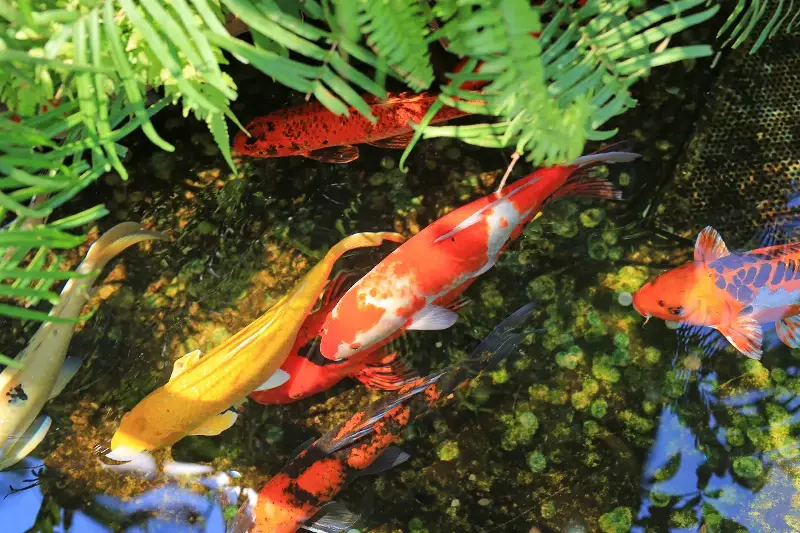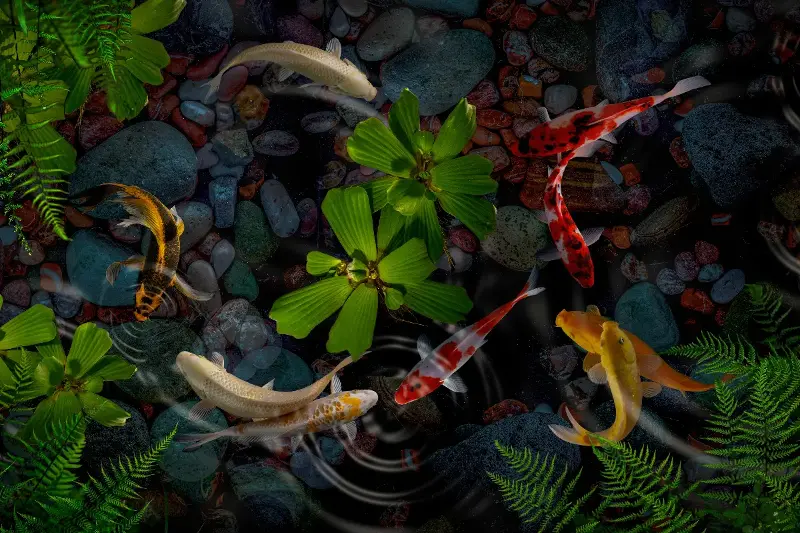For centuries, the graceful koi fish has captivated cultures around the world—not just for its dazzling beauty, but for the powerful legend that swims beneath its shimmering scales. Embodying themes of perseverance, transformation, and luck, the koi has journeyed from ancient Asian rivers to backyard ponds worldwide, earning its rightful place as a beloved global symbol.

Origins In Ancient Folklore
The story of the koi begins in the verdant landscapes of East Asia, particularly in ancient China. The earliest tales date back more than 2,000 years, woven with myth and symbolism. According to legend, a school of determined koi fish attempted to swim upstream against the raging current of the Yellow River. Facing waterfalls and swirling rapids, these resilient fish inspired awe by their strength and determination.
The heart of the myth lies at the so-called Dragon Gate waterfall. Out of the many koi battling the current, one especially persistent fish leapt to the top of a fierce waterfall. Its prize was a miraculous transformation—turning into a majestic dragon, a symbol of ultimate power and good fortune in Chinese culture. The koi’s journey up the river became a metaphor for overcoming adversity and achieving greatness through relentless effort.
A Symbol Embedded In Culture
As koi legends migrated across borders, their symbolism deepened. In Japan, where koi are known as “nishikigoi” (meaning “brocaded carp”), the fish became a fixture in art, poetry, and even samurai lore. The Japanese admired the koi’s ability to swim upstream and, according to some stories, even up waterfalls. The koi came to represent qualities such as bravery, endurance, and ambition—the virtues of a true warrior.
This symbolism was immortalised in one of Japan’s most beloved celebrations, Children’s Day, observed on 5 May. Families fly colourful carp-shaped windsocks called “koinobori” over their homes as a wish for their children’s health, strength, and success. Each windsock—often one for the father, mother, and each child—honours individual and collective perseverance.

A Modern-Day Global Icon
Centuries later, the koi’s reputation has only flourished. In the 20th century, Japanese breeders cultivated dazzling varieties of koi, transforming the fish into living works of art. Their vibrant patterns—from fiery orange and lustrous gold to inky black—have inspired collectors and enthusiasts around the world.
With the rise of peaceful, decorative koi ponds in gardens across Europe, North America, and beyond, the fish’s legend has leapt far beyond its Asian origins. Today, koi ponds symbolise harmony, balance, and positive energy—a testament to the enduring power of the original legend.
Interestingly, the process of breeding koi requires both patience and precise knowledge, echoing the themes of steadfastness and persistence found in the old stories. Individual koi can live over 25 years, with some reaching an astonishing century in age—a fitting illustration of longevity and endurance.
Remarkable Facts About The Koi Fish
Koi are not just living symbols. They’re remarkable creatures in their own right. Selective breeding has produced more than 100 colour varieties, many with intricate, unique patterns—meaning each koi can be as individual as a fingerprint.
Koi are also intelligent and can recognise their human caregivers. It’s not uncommon for koi to eat from their owners’ hands or even learn simple tricks. Their presence is thought to bring good luck, prosperity, and peace to their keepers, according to traditional beliefs that still hold sway today.
In art, koi fish often appear swimming together, sometimes in pairs or groups, which can symbolise friendship, love, and even marital harmony. Their serene movements and radiant colours make them the stars of aquariums, tattoos, and decorative motifs from Los Angeles to London.
From the rivers of ancient China, along the gardens of Japan, and illuminated in the world’s art and design, the koi has swum a legendary journey that continues to inspire. In every golden scale and elegant leap, this remarkable fish reminds us that with perseverance and passion, even the toughest currents can be overcome.
